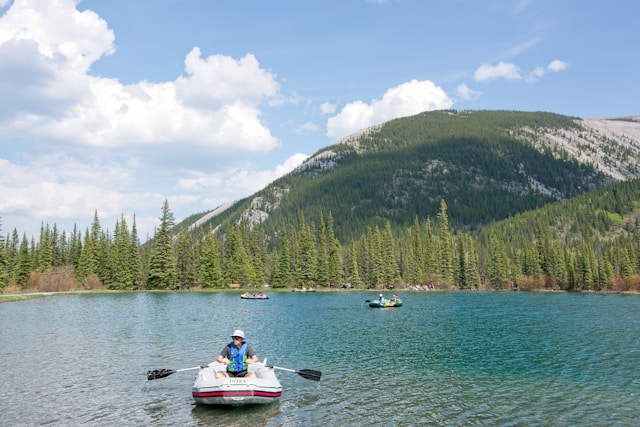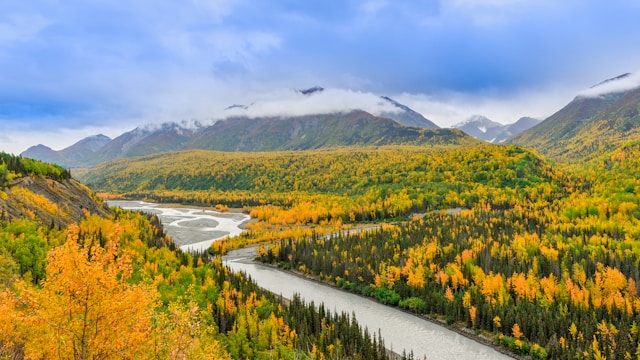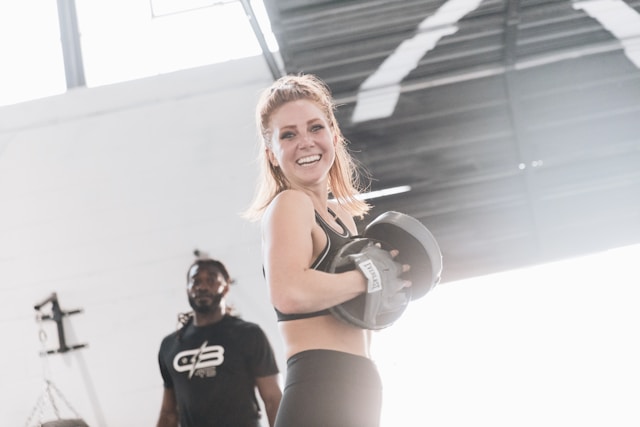Hey everyone, Anya here! So, you’re thinking about getting a packraft? Awesome! These little inflatable wonders are seriously changing the game for outdoor adventurers like us. But with so many options out there, picking the right one can feel a bit overwhelming. No worries, I’m here to help you navigate the waters (pun intended!). Let’s dive in, shall we?
Understanding Your Needs: Where Will You Paddle?
First things first: where are you planning to use your packraft? Are we talking serene alpine lakes, gentle streams, or are you planning to tackle some serious whitewater rapids? This is *the* most important question to ask yourself.
- Calm Lakes and Streams: If you’re mostly into flatwater paddling, you’ll want a different kind of boat than if you’re planning on running rivers. Think about it, maneuverability is key! These are usually calmer waters.
- Whitewater Adventures: Now, if you’re a thrill-seeker like me (okay, maybe not *as* much of a thrill-seeker these days!), you’ll need a packraft built for tougher conditions. I’m talking reinforced materials, a spray deck, and maybe even thigh straps for extra control.
Types of Packrafts: Finding Your Perfect Match
Okay, now that we’ve figured out where you’ll be paddling, let’s look at the different types of packrafts available. It’s kinda like choosing the right pair of hiking boots – you wouldn’t wear your lightweight trail runners for a multi-day backpacking trip, right?
- Lightweight and Packable: These are your go-to for those epic backpacking trips where every ounce counts. Think alpine lakes and casual river crossings. They’re designed to be super compact and easy to carry. The Uncharted Supply Co Rapid Raft and Alpacka Raft Ghost are good examples of this.
- Whitewater Packrafts: These bad boys are built for more turbulent waters. They’re more durable, more stable, and often come with features like spray decks and thigh straps for better control. The Kokopelli Nirvana Self-Bailing X is a popular choice.
- Tandem Packrafts: Planning a trip with a buddy? A tandem packraft might be the way to go! They’re larger and designed to carry two people (and sometimes even a dog!).
Weight Capacity: Don’t Overload Your Raft!
This one’s pretty straightforward, but it’s crucial! Make sure the packraft you choose can handle your weight *plus* all your gear. Nobody wants to end up swimming!
Materials: Durability Matters
Let’s talk materials. Packrafts are typically made from TPU-coated nylon or PVC. TPU-coated nylon is generally stronger, lighter, and more packable than PVC, making it a popular choice for serious adventurers. You’ll see different denier (D) ratings – higher numbers usually indicate a more durable fabric. Some whitewater boats use reinforced materials like 840D nylon for extra protection.
Key Features to Consider
Alright, let’s get into the nitty-gritty. Here are some key features to think about when choosing a packraft:
- Spray Deck: Essential for whitewater paddling, a spray deck keeps water out of the raft and helps keep you warm.
- Thigh Straps: These provide extra control and stability in whitewater.
- Cargo Fly: A zippered compartment inside the raft that allows you to store gear internally, keeping it dry and secure. Super useful!
- Self-Bailing Floor: This allows water to drain out of the raft automatically, which is great for whitewater paddling.
- D-Rings: These are attachment points for gear, ropes, and other accessories.
Paddles: Don’t Forget the Propulsion!
And of course, you’ll need a paddle! Packraft paddles come in two main types: low-angle and high-angle. Low-angle paddles are longer and designed for relaxed paddling on flatwater. High-angle paddles are shorter and designed for powerful strokes in whitewater. Most packrafters are best suited with a shorter whitewater paddle.
Oh, and one more thing. I almost forgot! The paddle length depends on your packraft use. Typical sea kayak paddles are built for low-angle paddling, where fatigue reduction is prioritized, and are often 200-220 cm long. Whitewater paddles, on the other hand, are built for strong strokes, and often sport wide blades to better move water. These paddles are shorter, often in the 195-205 cm range.
Final Thoughts: Get Out There and Explore!
Choosing the right packraft can seem daunting, but hopefully this guide has helped you narrow down your options. Remember to consider your intended use, weight capacity, materials, and key features. Once you’ve found the perfect packraft, get out there and explore! There’s a whole world of adventure waiting for you.
Happy paddling!
-Anya




